#FEATURE: The Case Study of Vanitas Takes Inspiration from Every Kind of Vampire Story
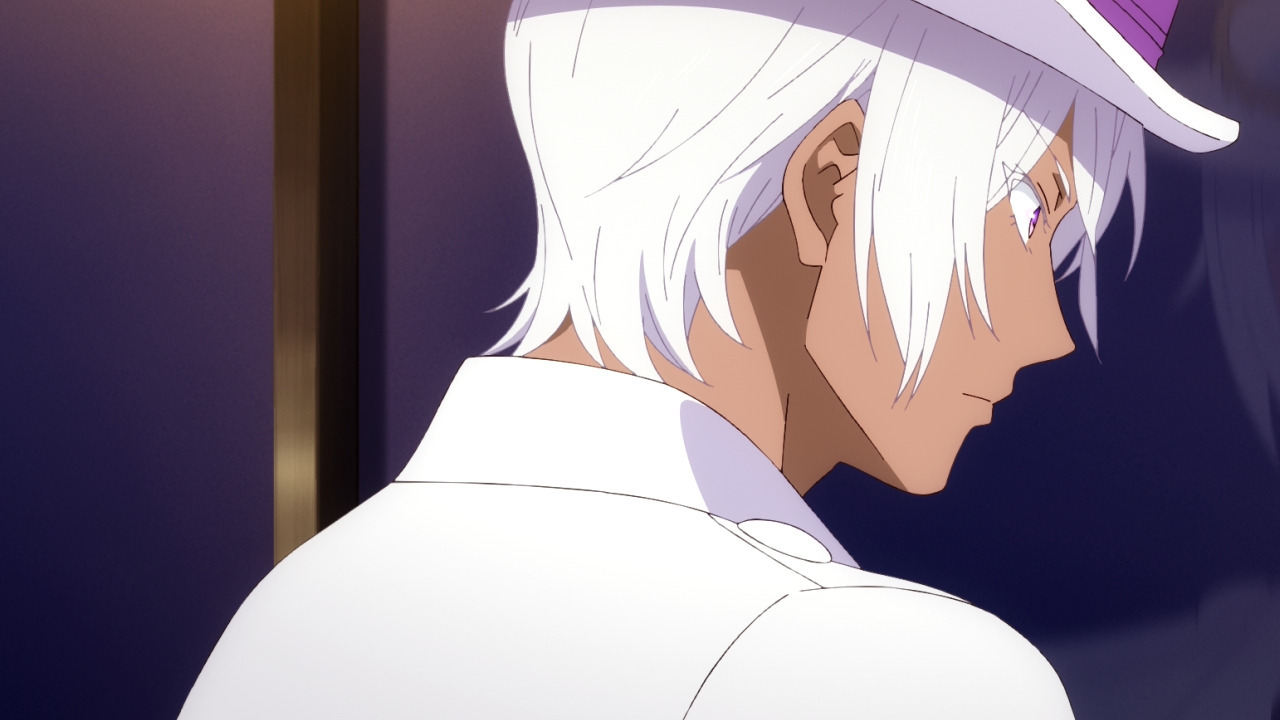
Table of Contents
“FEATURE: The Case Study of Vanitas Takes Inspiration from Every Kind of Vampire Story”

The Case Study of Vanitas boasts some fantastical roots — as nearly all vampire stories do — and even has some sci-fi in the mix. Yet the way the series handles vampires makes for one interesting horror story.
In the world of Vanitas, the titular character uses the forbidden grimoire (aptly named The Book of Vanitas) to heal curse bearers — vampires whose true names have been stolen or sullied — and either return them to normal or end their lives if they are beyond saving.
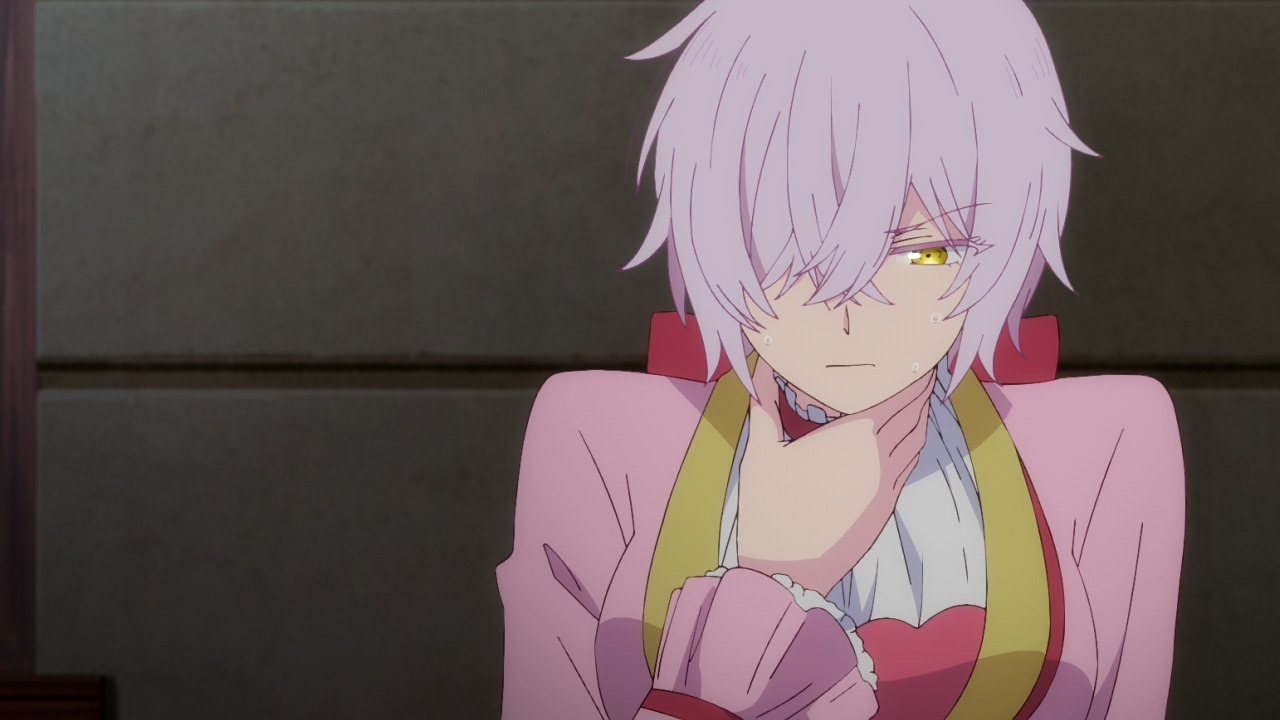
Every vampire in the series has a true name that they must do all they can to protect, otherwise, they will become thirsty for blood, eventually leading to a kill-or-be-killed situation. This was first shown in the very first episode where a young woman's name was stolen, she was saved by being cured by the Book of Vanitas, thus reclaiming her name and returning her to sanity.
Throughout history, bloodlust has been the main point of most vampiric tales. Vampires were originally written and conceptualized in folklore as vile creatures but steadily became more licentious as the 19th century came around. Vampires were eventually depicted as beautiful, so bloodsucking became alluring and frequently looked at in a sexual manner — such as in the 1816 novel The Vampyre, penned by John Polidori.
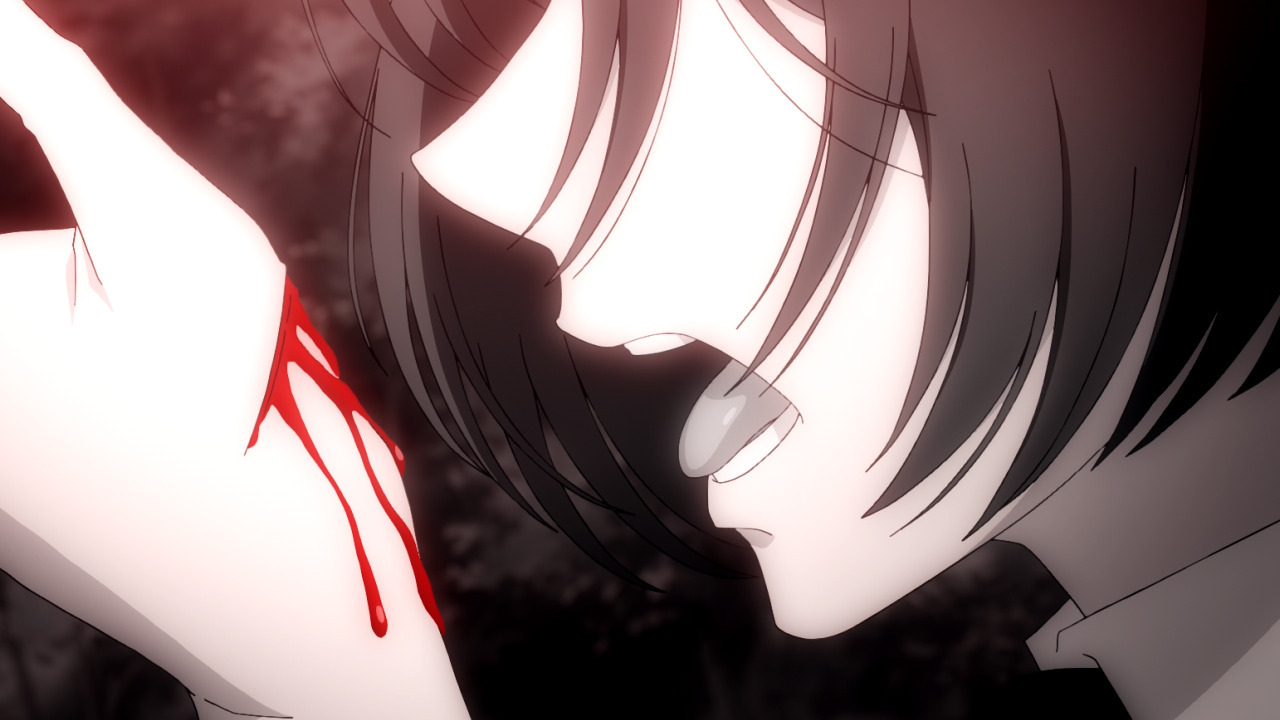
The book depicted what could arguably be called the first bad boy of vampire stories, Lord Ruthven, who is a playboy who kills those he “falls in love with” throughout the short horror story. Incoincidentally, one of the Big Bads of the series is named August Ruthven — and although his intentions are shrouded in mystery as of now — he might have a thing or two up his sleeve, just like the one he’s named after.
There are also tons of vile depictions of vampires, from their original belief that they were ruddish and looked similar to ghouls, which can be akin to what a vampire in Vanitas looks like once a vampire’s true name is stolen. Both of these aspects come into play with Vanitas. The sensual nature of vampires is explored in the notable scenes between Jeanne and Vanitas, while their ugly side appears when the story shows curse bearers beyond saving.
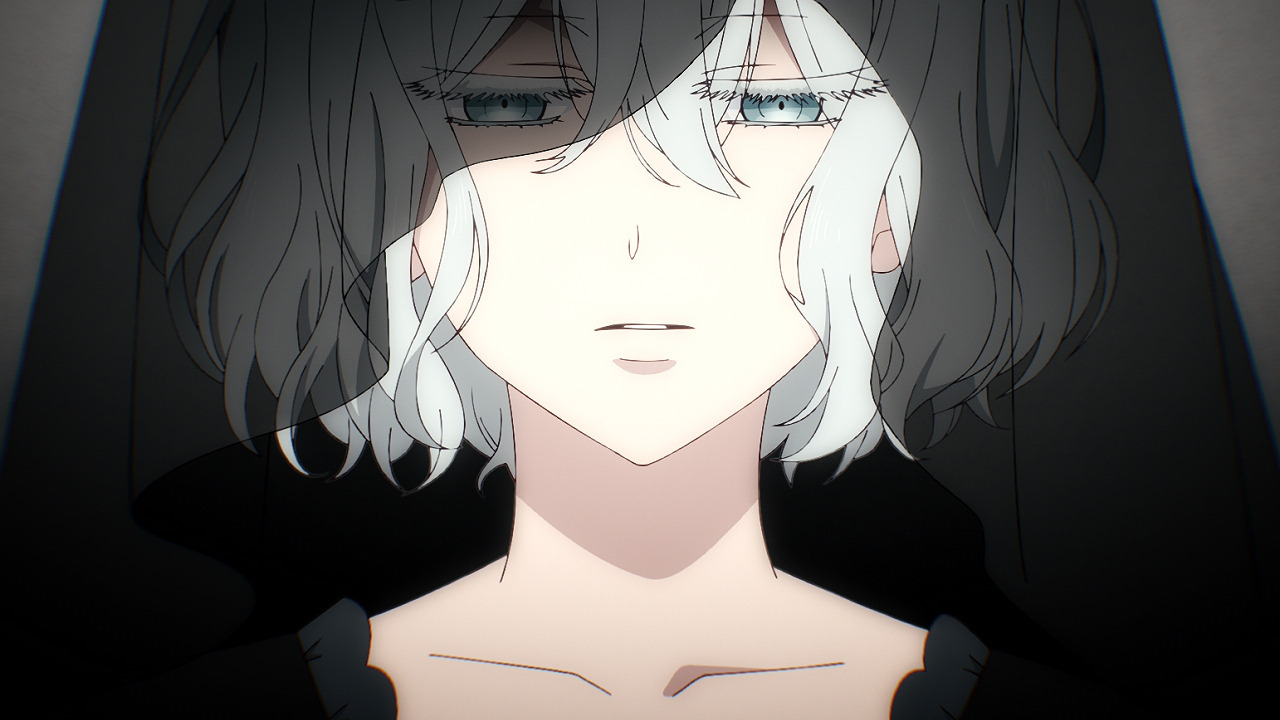
Immortality isn't a guarantee in the series — although the vampire characters' lifespans definitely seem to be more than that of an average human. It seems to be hinted at that the action of sucking a human's blood can extend the lifespan of a vampire, albeit that notion hasn't been clearly stated. This seems to have some similarities to the 1872 Gothic novella Carmilla during the beginning arc of the second season, as Chloe, a vampire who appears young but is actually hundreds of years old, lives in an old mansion atop a snowy mountain.
Perhaps the most popular piece of fiction Vanitas draws from is Bram Stoker's 1897 novel Dracula. This, in fact, is because of how the novel shows vampirism as being a disease (aligning to curse bearers) as well as the heavy undertones of sex, violence, and death. Vanitas leans heavily into a steampunk, Victorian style of storytelling and design and doesn't shy away from sensuality or death. This is a fact with the multiple blood-sucking scenes, as well as the horrid episode that tells the story of Louis' death and the deaths of multiple children.
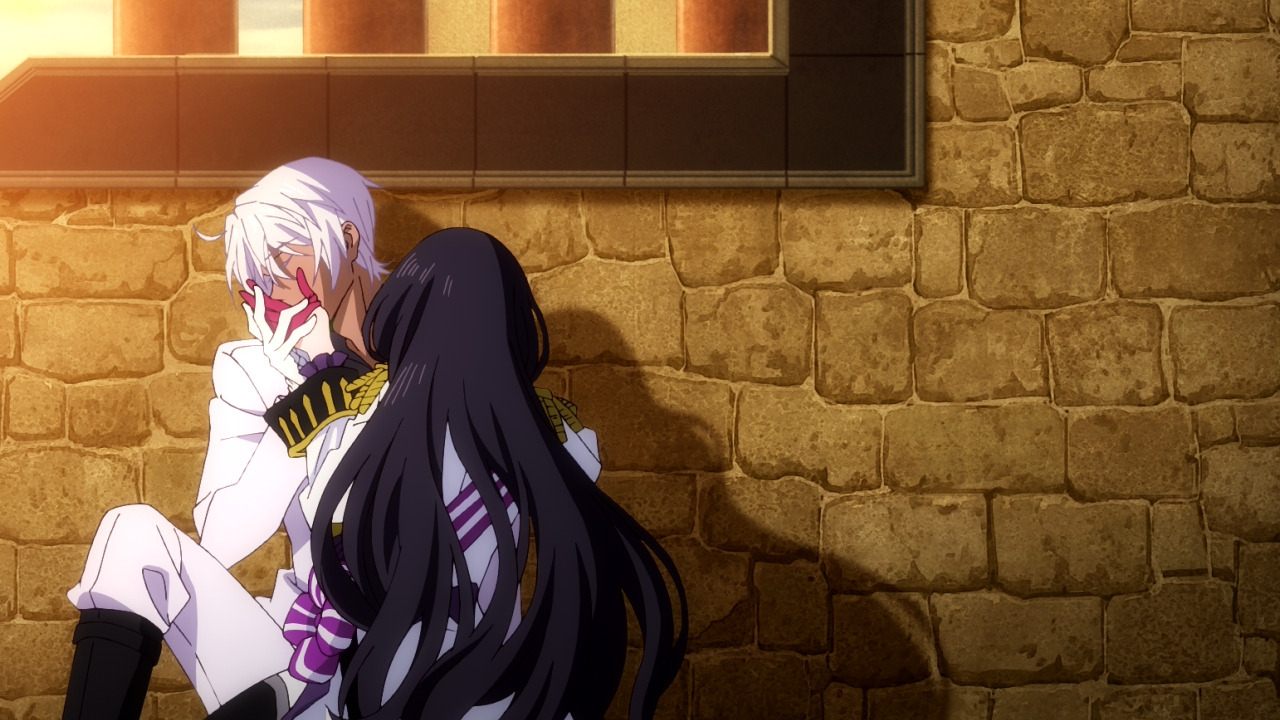
Novels aren’t the only vampire stories represented in the series. Even the 1922 silent film Nosferatu seems to get some love, as the plot of Count Orlok bringing the plague to town has Vanitas parallel to the townsfolk thinking Chloe brought a murderous beast to town and trapping everyone, resulting in everyone hating Chloe and calling her a monster.
Because of Dracula, the "modern vampire" was created as multiple stories began to use the novel as a base. While Vanitas leans heavily into the Victorian style, it seems clear that it also utilizes ideas from other vampire stories as both an inspiration and homage, exploring and combining various themes from European and Victorian folklore and spicing things up with its own interpretations.

What puts Vanitas apart from other vampiric-centered stories, however, is how it manages to combine each theme, both old and modern, together naturally. It doesn't just pick one vampiric attribute but meshes them together to create a highly enjoyable series — and one that does its due by highlighting the sensual and the series together to create an amazing harmony.
What puts Vanitas apart from other vampiric-centered stories, however, is how it manages to combine each theme, both old and modern, together naturally. It doesn't just pick one vampiric attribute but meshes them together to create a highly enjoyable series — and one that does its due by highlighting the sensual and the horrifying together in amazing harmony.
Brianna Albert is an author, writer, reader, Japanese translator, and seasonal anime watcher. She has been watching anime since before Naruto became Hokage and trying to figure out how to bend air since she was in kindergarten. You can follow her and her witty conversations on Twitter, @brisanbear, or watch her content on YouTube.
If you liked the article, do not forget to share it with your friends. Follow us on Google News too, click on the star and choose us from your favorites.
For forums sites go to Forum.BuradaBiliyorum.Com
If you want to read more anime-manga articles, you can visit our anime-manga category.




